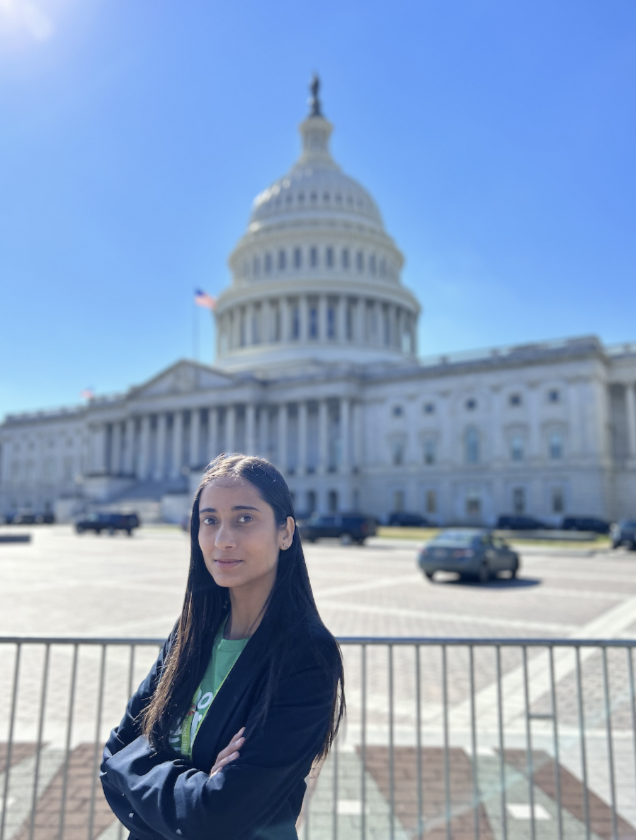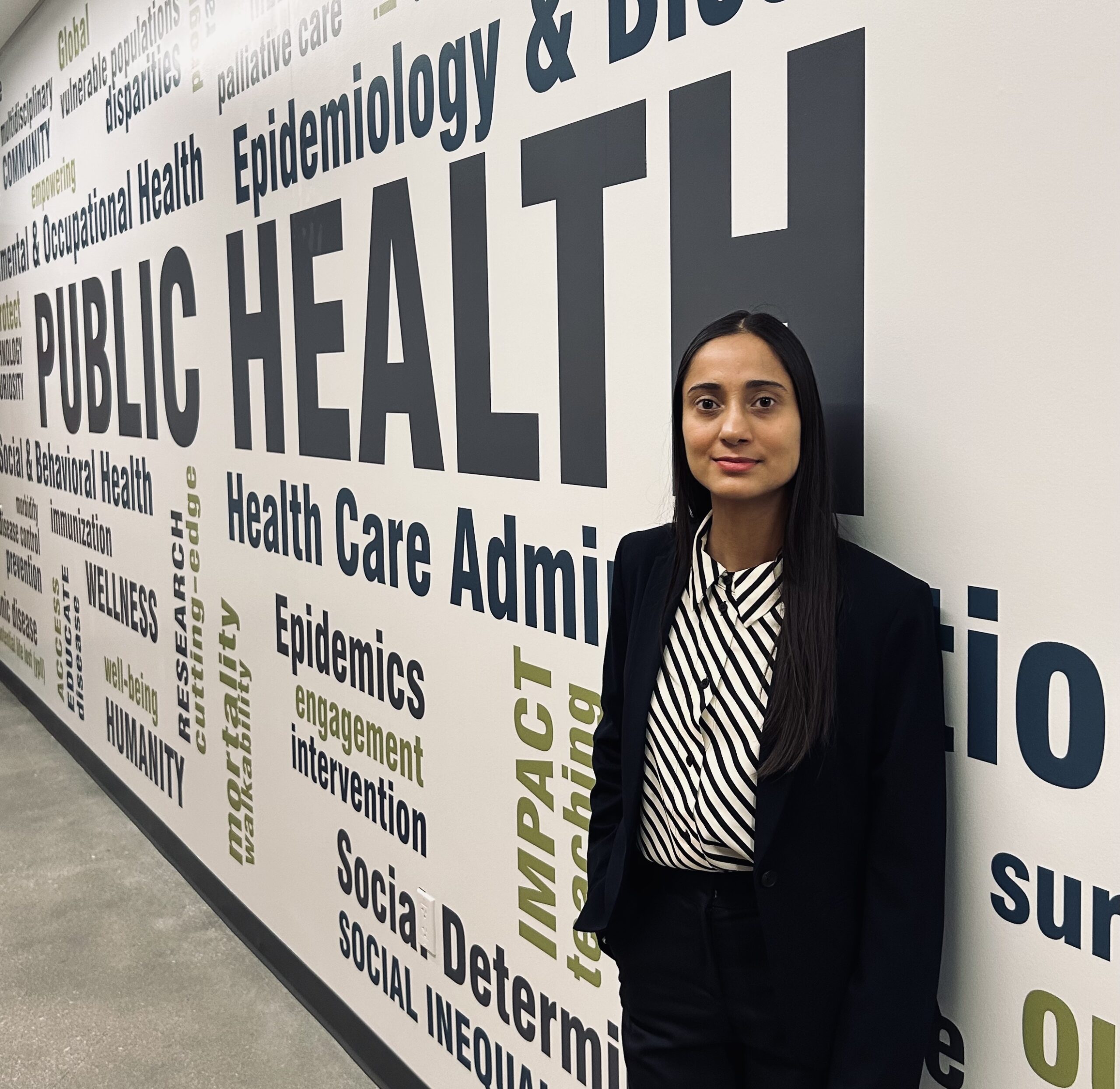On Getting Vaccinated Against HPV
Shot@Life Champion Priyambda Kumra shares her HPV vaccination story, dispels myths about the vaccine, and calls for expanding access.

Getting My Shot
I grew up in rural Punjab, India, where access to healthcare was limited. I remember that to treat more complicated health issues, we’d have to visit nearby city hospitals. Also, I noticed people around me used to visit health clinics if they had symptomatic health issues. The healthcare system of India focuses less on health prevention and relies more on treatments to solve symptoms of health problems as they occur. However, not all diseases have symptoms, including cancer, and without regular check-ups, early detection is unlikely.
After moving to the US and learning about health prevention, I had to persuade my mother to get annual breast cancer examinations. Additionally, Human Papillomavirus (HPV), which causes many cancers, is sexually transmitted—and sexual health in a rural area is a “taboo.” Recently in India, a famous actress faked her own death from cervical cancer to spread awareness of HPV. After learning deeply about HPV, today, at the age of 28, I received my first dose of the HPV vaccine and I want to raise awareness about its importance.
The HPV Vaccine and Why It’s Important
HPV is a common virus with 100 types that causes certain types of cancers, especially cervical cancer. It also, less commonly, can cause other types of cancer in both women and men. HPV causes the overwhelming majority of cases of cervical cancer, which takes more than 300,000 lives each year, mostly in countries where access to prevention, including vaccines, is limited. The interesting fact is, that these cancers is over 90% preventable through the HPV vaccine. It’s important to get vaccinated because HPV is transmitted through intimate (skin-to-skin) or sexual contact. At least one type of HPV is commonly present, and if it doesn’t resolve on its own, it can cause cancer later in life.
Myths and Facts
- Myth: HPV vaccination is not necessary; a pap smear is an effective substitute.
- Fact: A pap smear is a secondary prevention, meaning it will help detect early cancer. The HPV vaccine is a primary prevention that will provide protection against the disease developing in the first place.
- Myth: Only women have to take the HPV vaccine.
- Fact: HPV can affect anyone; it does not consider gender. HPV can cause penile cancer in men, anal cancer in both men and women, and oropharyngeal cancers in both men and women, so it is important that both men and women are protected.
- Myth: People who are not sexually active do not need to take the vaccine.
- Fact: A person who is not currently sexually active will still be protected and have a better immune response whenever they are exposed.
Expanding Access
Access to, and awareness of, vaccinations varies by country. For example, a low-income country may not be able to afford the price of vaccines. Due to the lack of affordability and accessibility, the number of cases of vaccine-preventable infections, including those that lead to cancer, increases. This is why it’s vital to understand health equity and to encourage policymakers to invest in funds for vaccines globally to give everyone access to vaccinations.

According to Gavi, the Vaccine Alliance, India records a new case of HPV every four months and one death every seven minutes. In Punjab, the HPV vaccine was introduced in 2016 with the support of the World Health Organization. But the vaccine is mostly targeted towards girls aged 9-14, even though women through age 45 (who are still eligible to get the vaccine) and men (who are excluded from getting the vaccine) are still at risk from HPV. This points to a significant knowledge gap on HPV, and the disease remains highly stigmatized based on gender.
Sexual health education should be prioritized for spreading awareness. I remember in my community women mostly used to visit gynecologists only after getting pregnant or if they have conceiving issues. I rarely saw women visiting for regular check-ups. Even pap smears are so uncommon; that’s why I got my first pap smear in the US. Hence, there is a huge gap in terms of “health prevention.”
Even the cost of the vaccine—which ranges between 2000 INR to 10,850 INR ($24-$130.20 USD) based on the brand—provides a barrier. Hence, it is not so affordable, especially for low-income families. Moreover, surveillance is a huge problem, especially in rural areas. But, if polio has been eradicated from local areas, then why not HPV?
Conclusion
Outreach and education are important to clear misconceptions and raise awareness. Shot@Life and partners are working to improve accessibility for underserved communities in the world, but more support is needed. Through this blog, I want to encourage everyone to talk to their healthcare providers about HPV vaccination, get their shot, and continue advocating so that everyone around the world can get theirs too and remember “prevention comes before cure.”

